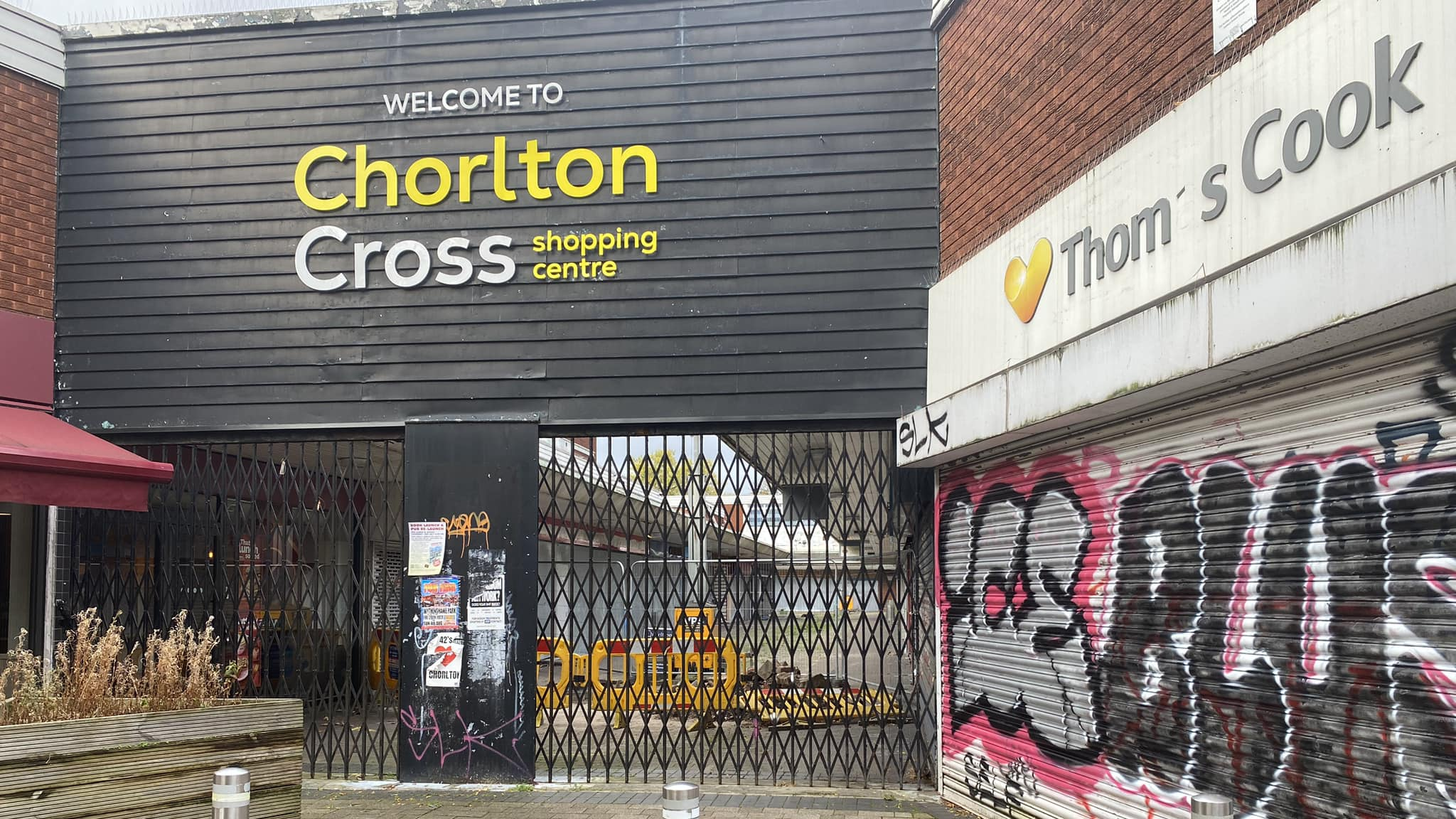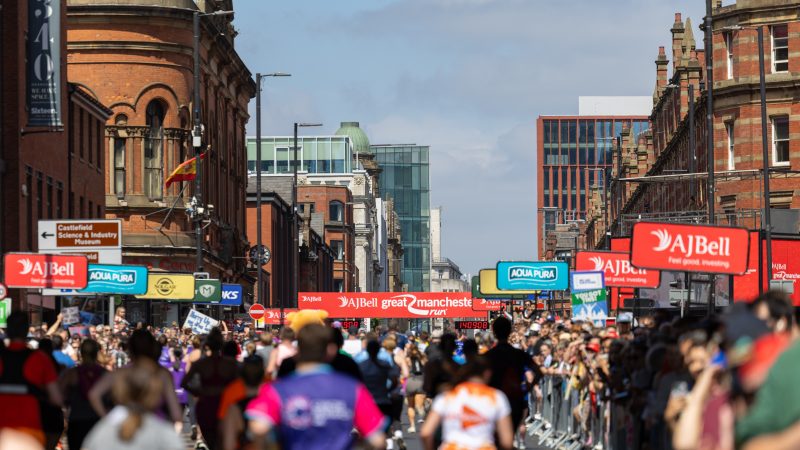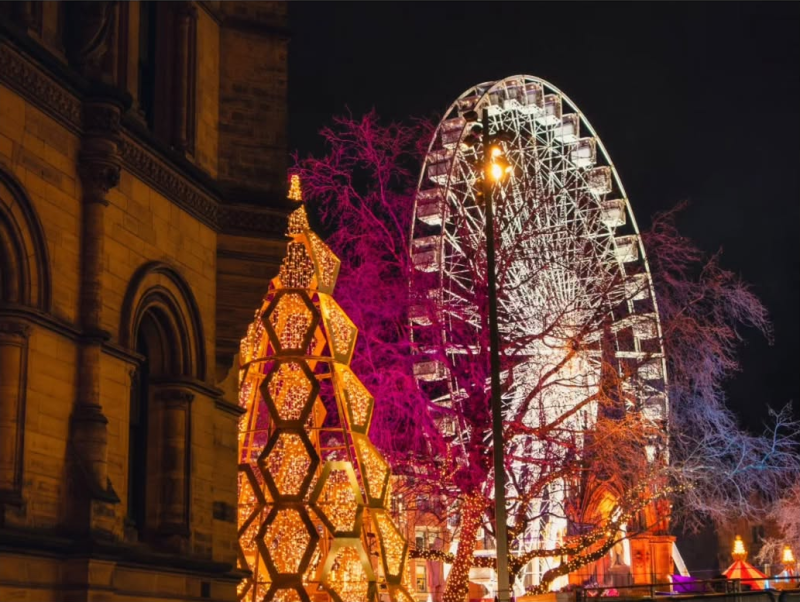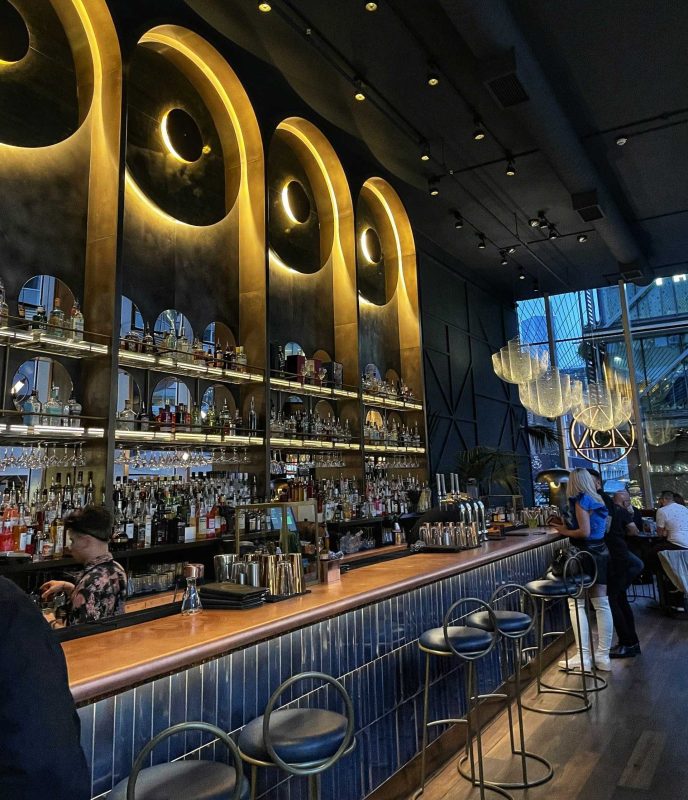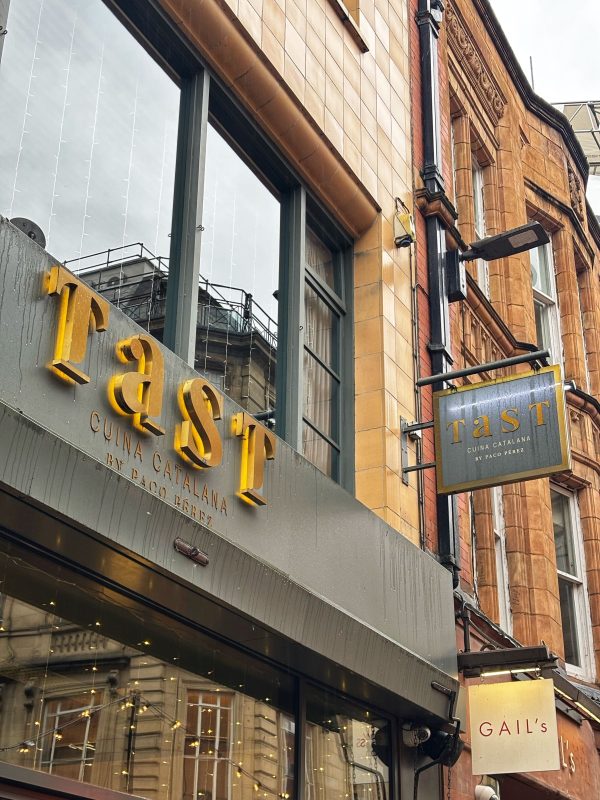News
Talks to end rail disputes still ongoing but passengers told to expect cancellations all week
Only 60% of trains are expected to run across the UK on non-strike days.
Talks between union leaders and rail companies to end rail disputes are currently ongoing, but passengers across the UK have been told to still expect delays and cancellations all week.
The warning to all those travelling by train to brace for affected services comes as most railway lines will be closed during the nationwide industrial strike action – which started yesterday, and will commence on Thursday and Saturday – as workers take part in what is the biggest walkout in the industry for more than 30 years in a row over pay, jobs, and conditions.
The RMT Union officially confirmed earlier this month that over 50,000 railway workers will walk out on 21, 23 and 25 June due to what is said to be the “inability of the rail employers to come to a negotiated settlement” with the RMT.
Strike action comes after 71% of the RMT’s 40,000 members took part in a vote – with 89% voting in favour of strike action and only 11% voting against it.
The RMT Union said the strike action is because Network Rail and the train operating companies have subjected their staff to multiyear pay freezes, and plan to cut thousands of jobs – which will make the railways “unsafe”.
Members of the RMT Union at Network Rail and 13 train operators – including Northern and Avanti West Coast – have subsequently made the decision to strike, with only around one in five trains expected to be running.
Although today is not officially a strike day, only 60% of trains are expected to run across the UK, and Network Rail has said that this is mostly because of a delay to the start of services, as signallers and control room staff are not doing overnight shifts.
Read more: Rail workers to ‘shut down the system’ with national three-day strike
As strike action officially began yesterday following unsuccessful last-minute talks, much of Britain had no passenger trains for the entire day, including most of Scotland and Wales, the whole of Cornwall and Dorset, and other rural and coastal areas across the country.
Large swathes of Greater Manchester and the North West was affected, and will continue to be affected, by the strike action.

Although many chose to work from home where possible after being told to “give up on trains for the whole week”, for those who did need to travel, when train services were running yesterday – which were in very limited numbers and unpredictable – many passengers’ journeys took several hours longer than normal.
Those who chose to take the bus or travel by car were impacted by a surge in traffic, which the AA and RAC said earlier this week was unfortunately “inevitable”.
Read more: Motorists told to brace for traffic surge this week due to national rail strikes
Mick Lynch – General Secretary at the RMT Union – hailed the “fantastic” turnout at picket lines which “exceeded expectations” yesterday and has vowed to continue the campaign this week, adding that RMT members are “leading the way for all workers” across the UK.
“Now is the time to stand up and fight for every single railway worker in this dispute that we will win,” he said in a statement yesterday.
In response to the first day of nationwide strike action, a Department for Transport spokesperson said: “Unions have shut down big parts of the rail network, hitting local businesses and unfairly cutting people off from hospitals, schools and work.
“However, early data shows that unlike in the past many people now have the opportunity to work from home, so we haven’t even a rush to the roads, as traffic has instead gone online.
“This means the unions aren’t having the overall impact they might have hoped.”
Featured Image – Network Rail


